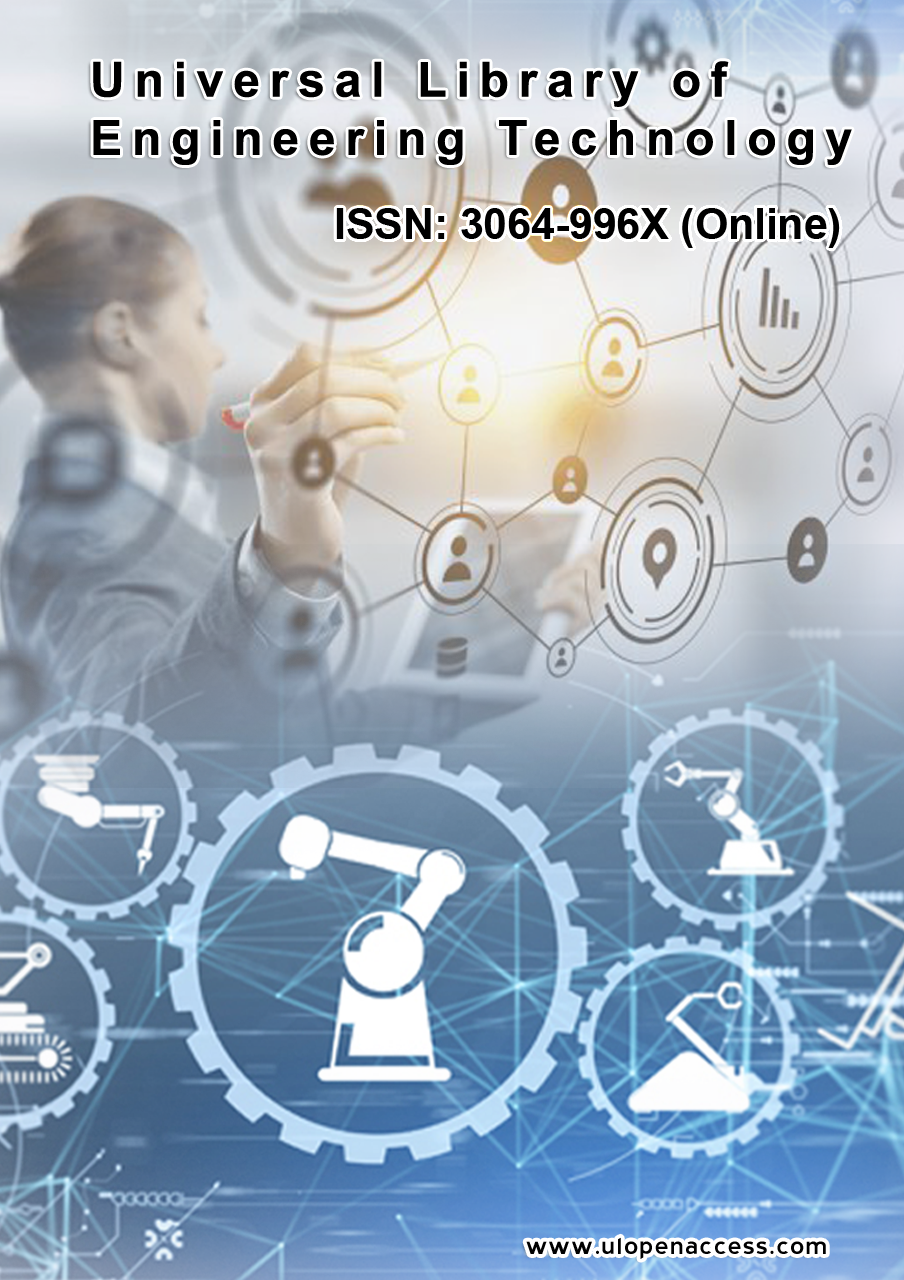Development and Justification of Methodological Approaches to the Regeneration of Reverse Osmosis Membranes Considering the Specifics of Organic, Inorganic, and Biological Fouling under Industrial Operating ConditionsAndrii Odnoralov Citation: Andrii Odnoralov, "Development and Justification of Methodological Approaches to the Regeneration of Reverse Osmosis Membranes Considering the Specifics of Organic, Inorganic, and Biological Fouling under Industrial Operating Conditions", Universal Library of Engineering Technology, Volume 02, Issue 03. Copyright: This is an open access article distributed under the Creative Commons Attribution License, which permits unrestricted use, distribution, and reproduction in any medium, provided the original work is properly cited. AbstractThe article examines the methodological basis for regenerating thin-film composite reverse-osmosis membranes, taking into account the specific features of organic, inorganic, and biological fouling under industrial conditions. In the first part, the relevance of the work is substantiated: the growth of the global membrane-technology market and the increasing complexity of fouling in modern plants lead to higher operating costs and premature module replacement, making the extension of membrane service life through effective regeneration procedures both an economic and environmental necessity. The objective of the study is to develop and justify methodological approaches to targeted cleaning and performance restoration of reverse-osmosis membranes adapted to different types of contamination. The novelty of the work lies in the comprehensive comparative analysis of the mechanisms of organic, inorganic and biological fouling and the proposal of a sequence of multi-stage cleaning cycles (alkali–acid–enzyme) with precise control of pH, temperature, and duration, as well as in the integration of these procedures into automated CIP systems. Lab-scale simulations and Pilot-industrial tests were done. An economic analysis is presented, indicating the volume of filtration at which regeneration becomes more cost-effective than replacing the module. Key takeaways: The suggested methods enable recovery of up to 95% of the initial permeability and 98% of the membrane selectivity. More than double the intervals between cleanings. Reduce energy use by 15-20% Unrecoverable structural damage to polyamide is minimized. The economic calculation confirms the rapid payback of CIP-cycle costs compared with purchasing new elements at significant water-treatment volumes. This article will be useful to process engineers, membrane process researchers, and specialists in the operation and design of reverse osmosis systems. Keywords: Reverse Osmosis; Membrane Regeneration; Organic Fouling; Inorganic Fouling; Biological Fouling; CIP Systems; Methodological Approaches; Automation. Download |
|---|

